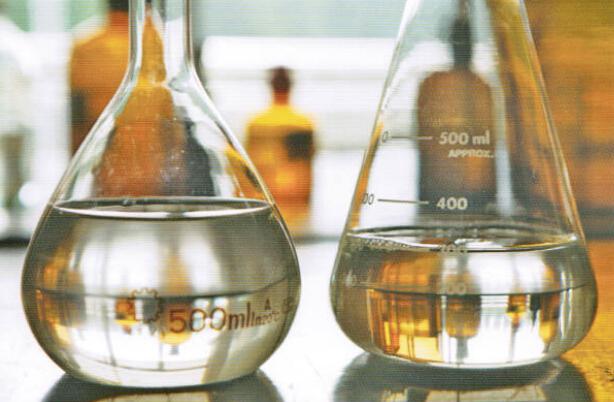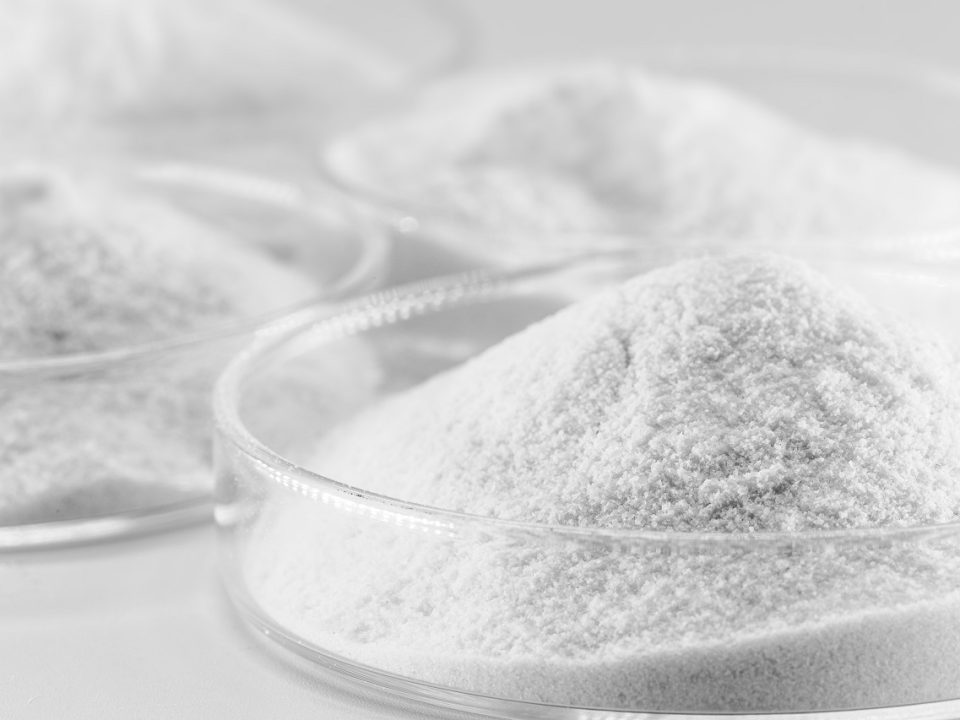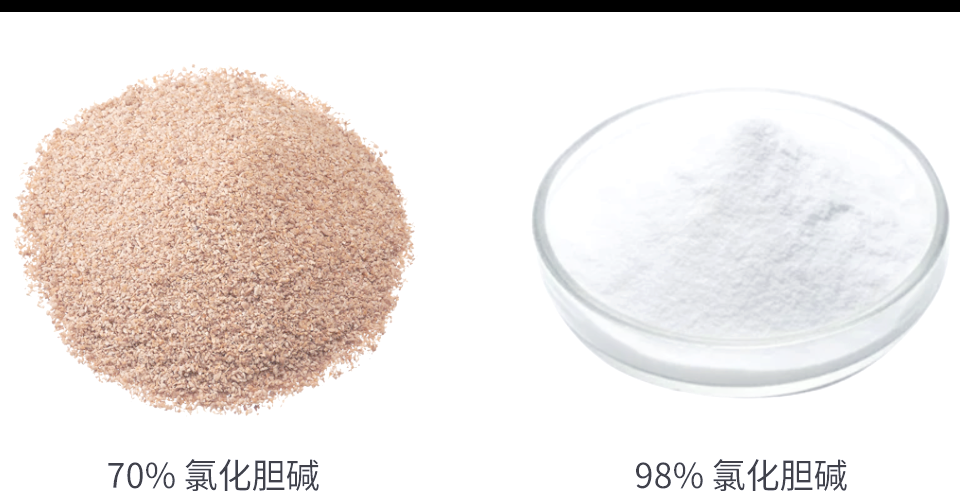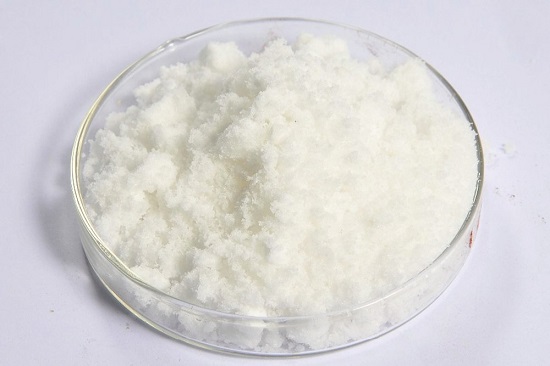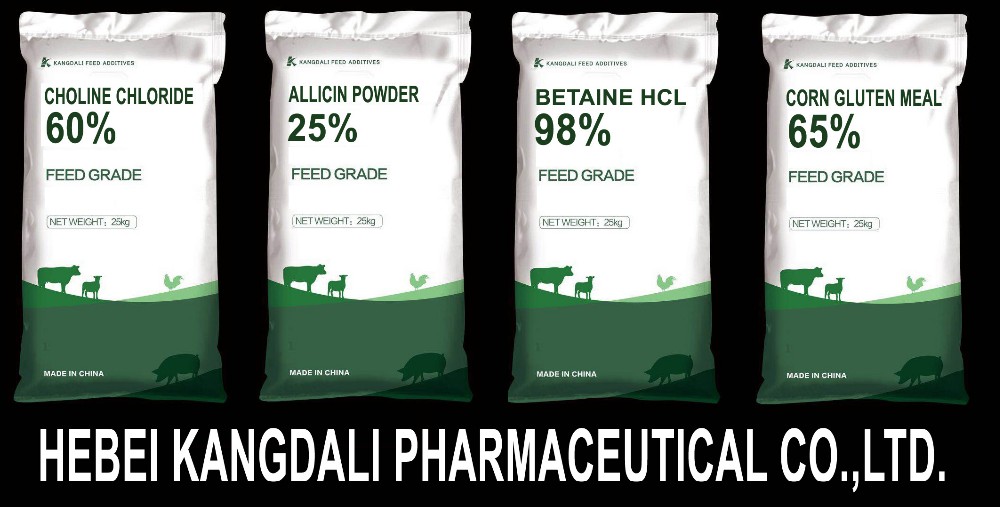choline chloride hydrophobic or hydrophilic with water Research ?
Effects of Choline Chloride on Photosynthetic Performance and Growth of Wheat
May 19, 2023
choline chloride biodegradable Research
November 21, 2023Choline chloride is a quaternary ammonium salt that has a hydrophilic nature. It is highly soluble in water due to its ionic nature. Understanding its hydrophilic nature requires a basic understanding of the structure of the choline chloride molecule, the concept of hydrophilicity and hydrophobicity, and the interactions between choline chloride and water.
Before delving into a detailed discussion, let’s first define the key concepts:
-
Hydrophilic substances: These are substances that have an affinity for water. They are typically polar and capable of hydrogen bonding with water, which makes them soluble in water.
-
Hydrophobic substances: These are substances that do not have an affinity for water. They are typically nonpolar and incapable of hydrogen bonding with water, which makes them insoluble in water.
-
Choline Chloride: This is a quaternary ammonium salt with the chemical formula (CH3)3N(CH2)2OHCl. It is widely used in a variety of industrial and biological applications.
Now, let’s break down the hydrophilic nature of choline chloride:
Structure of Choline Chloride
The choline chloride molecule consists of a positively charged quaternary ammonium ion and a negatively charged chloride ion. The quaternary ammonium ion has a tetrahedral structure with the nitrogen atom at the center bonded to three methyl groups and a hydroxylated ethyl group.
Hydrophilicity of Choline Chloride
The quaternary ammonium part of the choline molecule is polar because of the positively charged nitrogen atom. In addition to this, the hydroxyl (-OH) group attached to the ethyl part of the molecule can form hydrogen bonds. The chloride ion is also highly polar. Due to these characteristics, choline chloride is highly hydrophilic.
When choline chloride is put in water, the positively charged nitrogen atom and the negatively charged chloride ion are attracted to the polar water molecules, leading to solvation. The hydroxyl group can also form hydrogen bonds with water molecules. This interaction between choline chloride and water molecules results in the high solubility of choline chloride in water.
Interactions Between Choline Chloride and Water
The interaction between choline chloride and water can be explained through the concept of “like dissolves like.” Since both water and choline chloride are polar, they are able to interact with each other and form a homogeneous mixture. The positively charged nitrogen in the choline molecule, the negatively charged chloride ion, and the hydroxyl group all interact with the polar water molecules, leading to a strong solvation process.
In conclusion, choline chloride is a hydrophilic substance due to its ionic nature and the presence of a hydroxyl group that can form hydrogen bonds with water. It is highly soluble in water due to the strong interactions between its ions and the water molecules. This makes choline chloride an important compound in various applications where water solubility is a desirable property.


